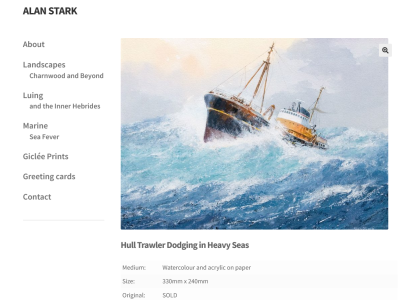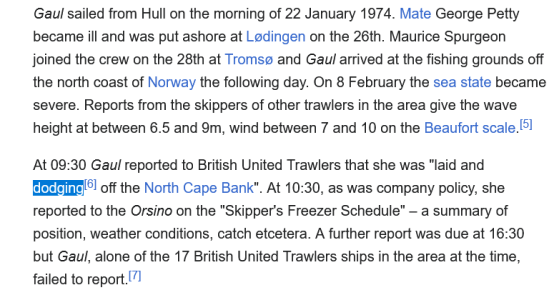B27
Well-Known Member
I'll bear that in mind when suggesting what the USN do with their motorboats.That is always a worthwhile goal.
The US Navy current dictionary says: Heave to: to bring the vessel's head or stern to the wind or sea and hold her there by the use of the engines and rudder. ...
Various online dictionaries give a spectrum of meaning from simply 'stop' through 'stop head to wind' to 'stop using the sails to act against one another'.
The more modern and American tend towards the 'just stop' end of the range.
If 'heaving to' includes all these things, then we need a new term to define the classic backed-jib method?
I can see it's useful to say 'stop the boat and hold station head to wind' in two syllables.
I guess on a sailing boat, we have time to say 'back the jib and heave to'......
There's not much ambiguity on a diesel freighter.



